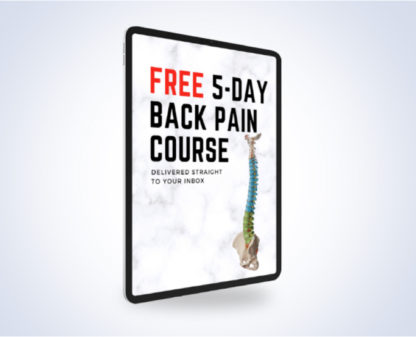Greater Strength and Efficiency during Lifting in Lumbar Flexion

Introduction
Lifting with the lower back in a lordotic posture (extended lumbar spine) is commonly advised and makes part of classical “back schooling”. Despite this advice being widely accepted, there appears to be a lack of in vivo research examining this. Furthermore, manual handling interventions advising people to avoid lifting with a flexed back have failed to reduce low back pain. This study, therefore, examined the influence of lumbar postures on trunk muscle recruitment, strength, and efficiency during high-intensity lifting.
Methods
Healthy participants (no low back pain in the previous 12 months, no spinal or abdominal surgery, no neurological or rheumatological condition, not pregnant) were eligible candidates. Participants were required to perform a maximum isometric trunk exercise while adopting a symmetrical lifting posture, with their knees flexed to 45°. Three lumbar spine postures were examined: fully flexed, mid-range and maximal extension. Using a repeated measures study design, the researchers examined the effects of the three lumbar postures while participants performed maximal voluntary isometric contractions. Muscle activity of the upper erector spinae, lower erector spinae, multifidus, and internal oblique muscles was measured through surface electromyography (EMG).

Results
Twenty-six healthy participants (13 males and females) were included. A significant main effect for posture showed a difference in back extensor moment between the flexed and mid-range posture, the mid-range and the extended posture and the flexed and extended posture. Lumbar posture had no effect on hip or knee moments.
A mean decrease in EMG was found when the lift was executed in the mid-range position compared to extension, and when the lift was performed in flexion compared to the mid-range position. Neuromuscular efficiency increased by approximately 25% when moving from the extended to the mid-range position and an approximately three fold increase in neuromuscular efficiency during the lift was measured when moving from the mid-range posture to full flexion.
Talk nerdy to me
Several good aspects can be noted. The order of force exertions was randomized and participants were not trained prior to the lifting task, thereby reducing a possible learning effect. Three maximal contractions per posture were performed and the highest peak force achieved was used in the analysis. EMG measures were normalized prior to the testing procedures. Only where significant main effects were found, post-hoc Bonferroni tests were used to determine differences between the three lumbar postures. Using this approach, the authors avoid problems arising when testing multiple hypotheses.
Take home messages
Tired of hearing you should not bend your back when lifting? This study shows that lifting with a flexed back increases strength and reduces paraspinal muscle activity and rejects common manual handling advice to lift with a lordotic (extended) lumbar spine.
Reference
MASSIVELY IMPROVE YOUR KNOWLEDGE ABOUT LOW BACK PAIN FOR FREE
5 absolutely crucial lessons you won’t learn at university that will improve your care for patients with low back pain immediately without paying a single cent



